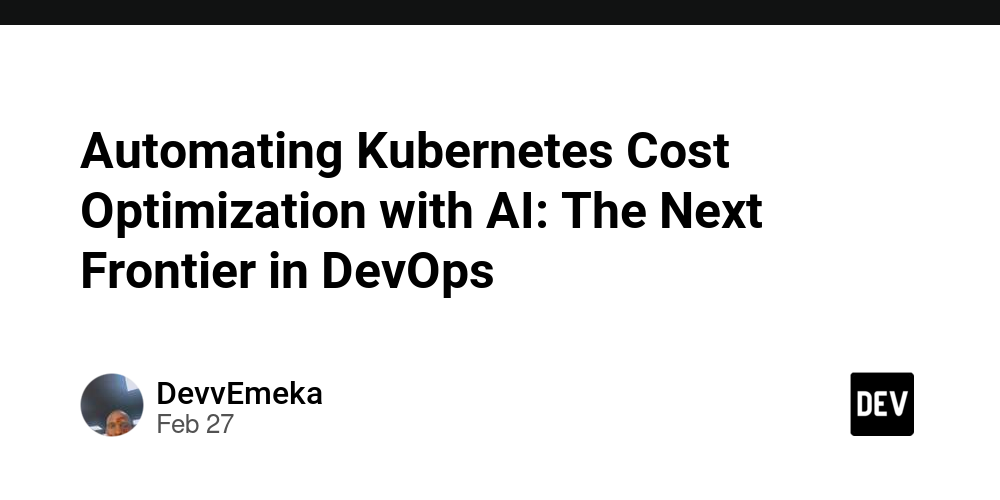Web Crawling and Web Scraping: Tools and Practices
The internet is a goldmine of data—billions of pages filled with information waiting to be accessed. But how do you navigate it all? Web crawling and web scraping are two powerful techniques for pulling data from the web, but they serve different purposes. Knowing when and how to use each one can unlock insights you never thought possible. Let’s dive into the details. Web Crawling vs. Web Scraping Web Crawling Crawling is the internet’s equivalent of a digital explorer. It’s all about discovering and indexing web pages across vast landscapes. Think of a web crawler as a spider—starting from a seed URL and following links to find every page it can. This method is what search engines use to index the web. Web Scraping Scraping, on the other hand, is more like a laser-focused tool. It targets specific data within known web pages, parsing the HTML to extract precise details like product prices, stock quotes, or customer reviews. Instead of mapping out the web, scraping extracts useful nuggets of information from specific locations. The Key Difference Crawling discovers, indexes, and maps. Scraping extracts valuable data from specific pages. The Scope: Big Picture vs. Laser Focus Web Crawling Crawlers scan entire websites—or sometimes the whole web—systematically. They follow links, collect URLs, and create an index of all the pages they encounter. It’s a broad, sweeping approach designed to map the internet’s vastness. Web Scraping Scraping is far more focused. Rather than exploring vast domains, it zooms in on specific web pages or data sets. If you’re after a list of products, customer reviews, or specific pricing information, scraping will get you exactly what you need—and nothing more. The Key Difference Crawling is sweeping and broad. Scraping is targeted and specific. Tools of the Trade: What Gets the Job Done Web Crawling Tools Popular tools for web crawling include Scrapy, Apache Nutch, and Googlebot. These are built to handle large-scale tasks, helping businesses, researchers, and search engines index massive volumes of web pages. Web Scraping Tools On the scraping side, BeautifulSoup and Selenium are some of the go-to tools. These are perfect for digging into the structure of a webpage and extracting exactly what you need, whether it's a product price or a detailed user review. The Key Difference Crawling tools are for mapping out the web. Scraping tools are for extracting specific pieces of information. Use Cases: When to Crawl, When to Scrape When to Use Web Crawling Crawling is essential when you need to index vast amounts of data, monitor website changes over time, or build large datasets. Search engines, for example, rely on crawlers to index pages so users can find them. Researchers or businesses tracking large-scale trends or performing sentiment analysis might also use crawling to collect massive datasets. When to Use Web Scraping Scraping is best when you need specific information, like comparing prices across competitor sites, gathering structured data for business intelligence, or collecting product reviews for analysis. It’s laser-focused, providing exactly the data you need without the noise. The Key Difference Use crawling for big data collection. Use scraping for detailed, structured data extraction. Legal and Ethical Implications Web Crawling Ethics While web crawling is generally allowed, it’s important to follow a website’s robots.txt file. This is a guide that tells crawlers which pages they’re allowed to index. Failing to respect this file can lead to your crawler being blocked. Web Scraping Ethics Scraping is more complicated. You need to respect copyright laws and avoid overloading websites with too many requests. Excessive scraping can hurt a site’s performance and even get you blocked. Always make sure your scraping doesn’t violate any terms of service or cause harm to the website you’re extracting data from. The Key Difference Crawling is about indexing publicly available data. Scraping often requires more careful consideration to avoid legal issues. Conclusion Web crawling and web scraping may both involve pulling data from the web, but they’re designed for different tasks. Crawling is for discovery and mapping, while scraping is for precise extraction.
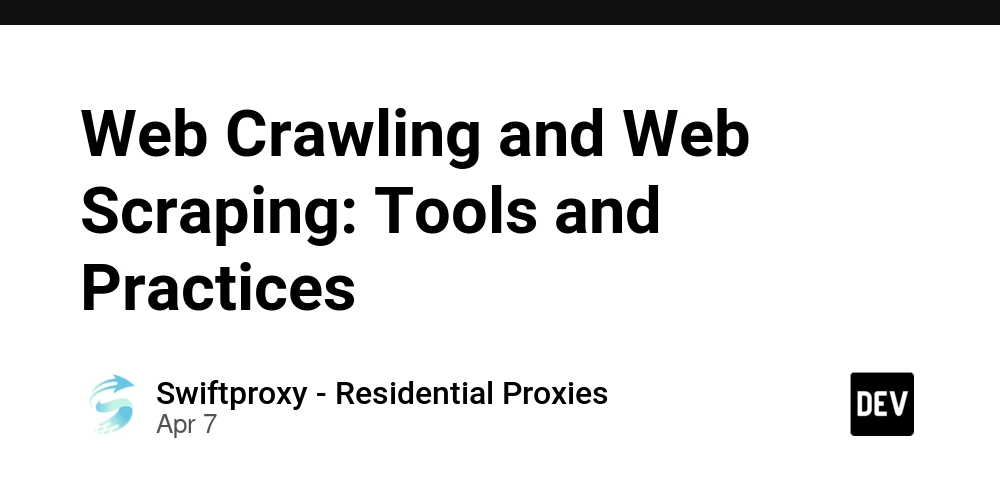
The internet is a goldmine of data—billions of pages filled with information waiting to be accessed. But how do you navigate it all? Web crawling and web scraping are two powerful techniques for pulling data from the web, but they serve different purposes. Knowing when and how to use each one can unlock insights you never thought possible. Let’s dive into the details.
Web Crawling vs. Web Scraping
Web Crawling
Crawling is the internet’s equivalent of a digital explorer. It’s all about discovering and indexing web pages across vast landscapes. Think of a web crawler as a spider—starting from a seed URL and following links to find every page it can. This method is what search engines use to index the web.
Web Scraping
Scraping, on the other hand, is more like a laser-focused tool. It targets specific data within known web pages, parsing the HTML to extract precise details like product prices, stock quotes, or customer reviews. Instead of mapping out the web, scraping extracts useful nuggets of information from specific locations.
The Key Difference
Crawling discovers, indexes, and maps. Scraping extracts valuable data from specific pages.
The Scope: Big Picture vs. Laser Focus
Web Crawling
Crawlers scan entire websites—or sometimes the whole web—systematically. They follow links, collect URLs, and create an index of all the pages they encounter. It’s a broad, sweeping approach designed to map the internet’s vastness.
Web Scraping
Scraping is far more focused. Rather than exploring vast domains, it zooms in on specific web pages or data sets. If you’re after a list of products, customer reviews, or specific pricing information, scraping will get you exactly what you need—and nothing more.
The Key Difference
Crawling is sweeping and broad. Scraping is targeted and specific.
Tools of the Trade: What Gets the Job Done
Web Crawling Tools
Popular tools for web crawling include Scrapy, Apache Nutch, and Googlebot. These are built to handle large-scale tasks, helping businesses, researchers, and search engines index massive volumes of web pages.
Web Scraping Tools
On the scraping side, BeautifulSoup and Selenium are some of the go-to tools. These are perfect for digging into the structure of a webpage and extracting exactly what you need, whether it's a product price or a detailed user review.
The Key Difference
Crawling tools are for mapping out the web. Scraping tools are for extracting specific pieces of information.
Use Cases: When to Crawl, When to Scrape
When to Use Web Crawling
Crawling is essential when you need to index vast amounts of data, monitor website changes over time, or build large datasets. Search engines, for example, rely on crawlers to index pages so users can find them. Researchers or businesses tracking large-scale trends or performing sentiment analysis might also use crawling to collect massive datasets.
When to Use Web Scraping
Scraping is best when you need specific information, like comparing prices across competitor sites, gathering structured data for business intelligence, or collecting product reviews for analysis. It’s laser-focused, providing exactly the data you need without the noise.
The Key Difference
Use crawling for big data collection. Use scraping for detailed, structured data extraction.
Legal and Ethical Implications
Web Crawling Ethics
While web crawling is generally allowed, it’s important to follow a website’s robots.txt file. This is a guide that tells crawlers which pages they’re allowed to index. Failing to respect this file can lead to your crawler being blocked.
Web Scraping Ethics
Scraping is more complicated. You need to respect copyright laws and avoid overloading websites with too many requests. Excessive scraping can hurt a site’s performance and even get you blocked. Always make sure your scraping doesn’t violate any terms of service or cause harm to the website you’re extracting data from.
The Key Difference
Crawling is about indexing publicly available data. Scraping often requires more careful consideration to avoid legal issues.
Conclusion
Web crawling and web scraping may both involve pulling data from the web, but they’re designed for different tasks. Crawling is for discovery and mapping, while scraping is for precise extraction.

_Igor_Mojzes_Alamy.jpg?#)
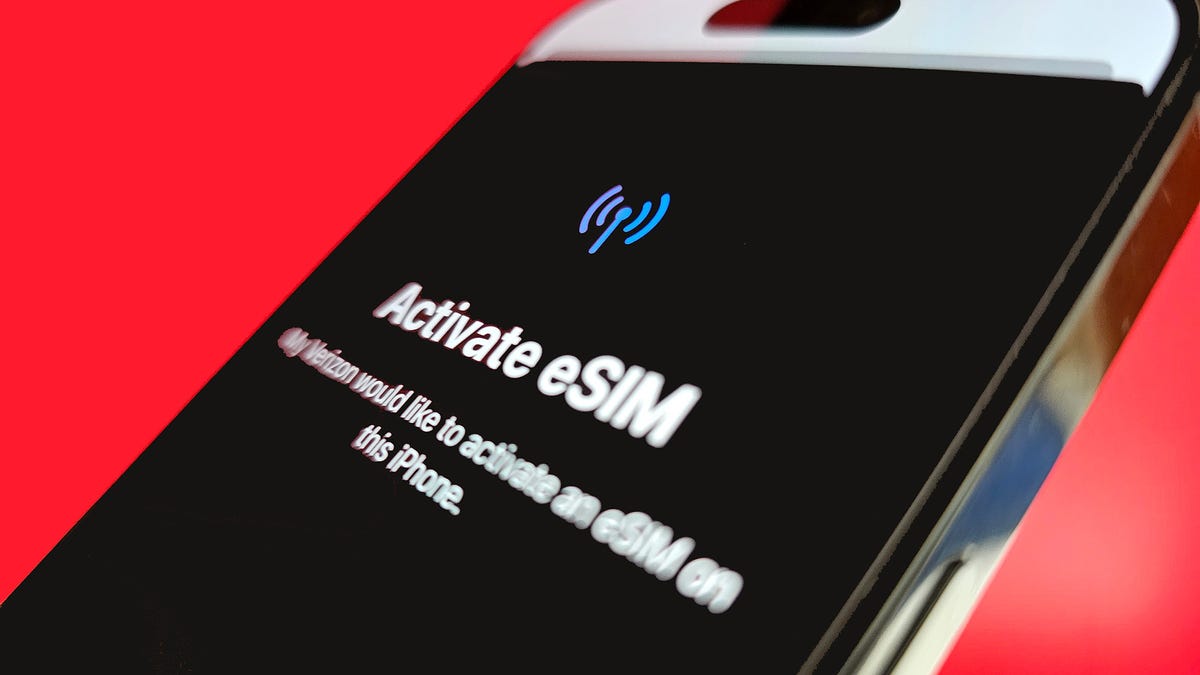


















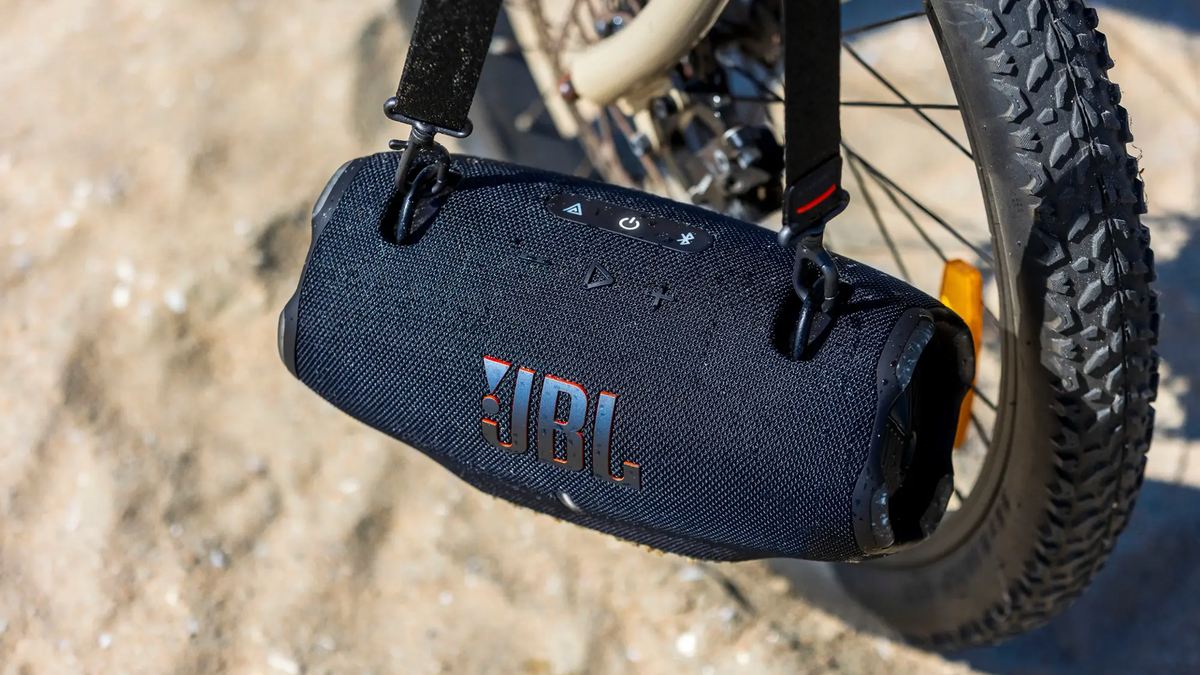































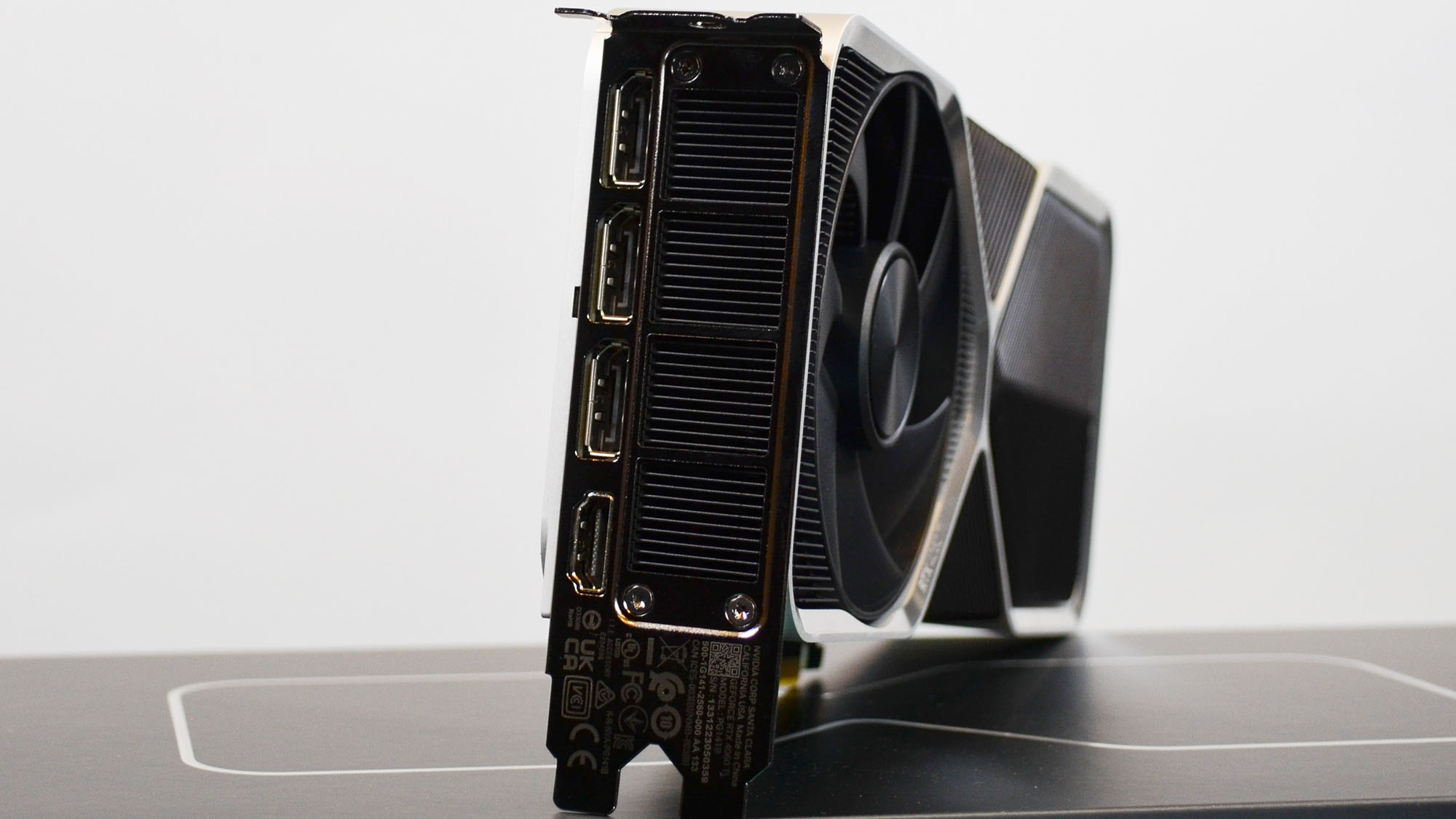
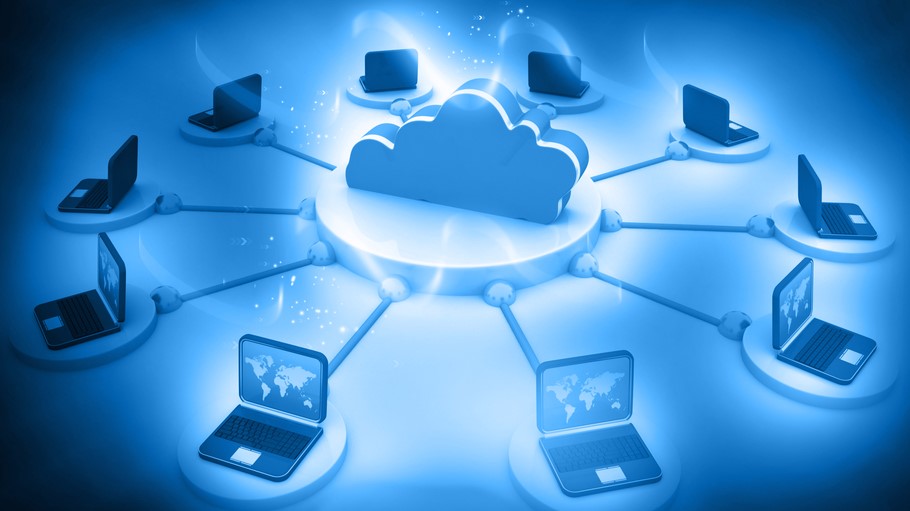











![Apple Considers Delaying Smart Home Hub Until 2026 [Gurman]](https://www.iclarified.com/images/news/96946/96946/96946-640.jpg)
![Tariffs Threaten Apple's $999 iPhone Price Point in the U.S. [Gurman]](https://www.iclarified.com/images/news/96943/96943/96943-640.jpg)
![iPhone 17 Pro Won't Feature Two-Toned Back [Gurman]](https://www.iclarified.com/images/news/96944/96944/96944-640.jpg)




















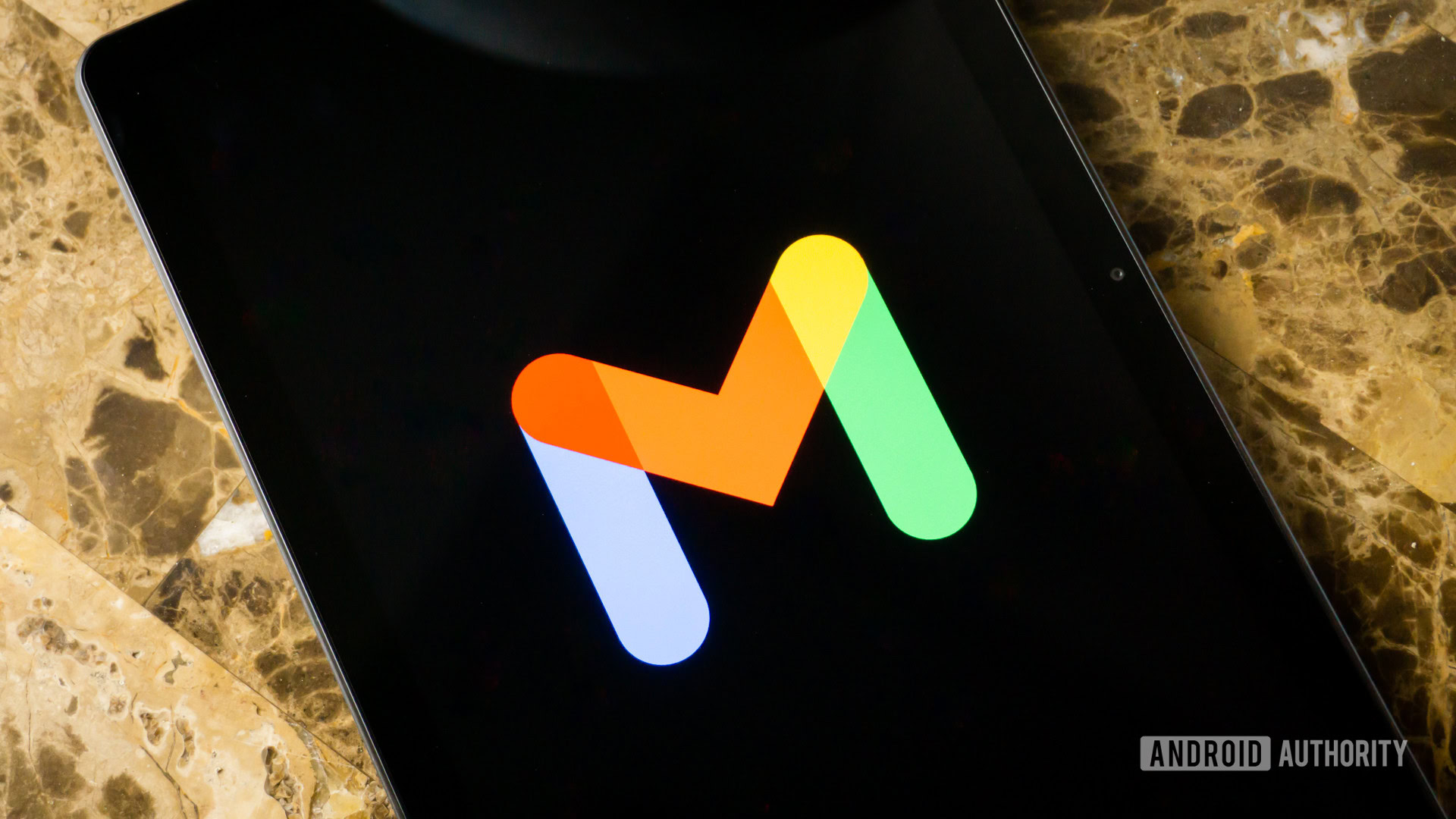
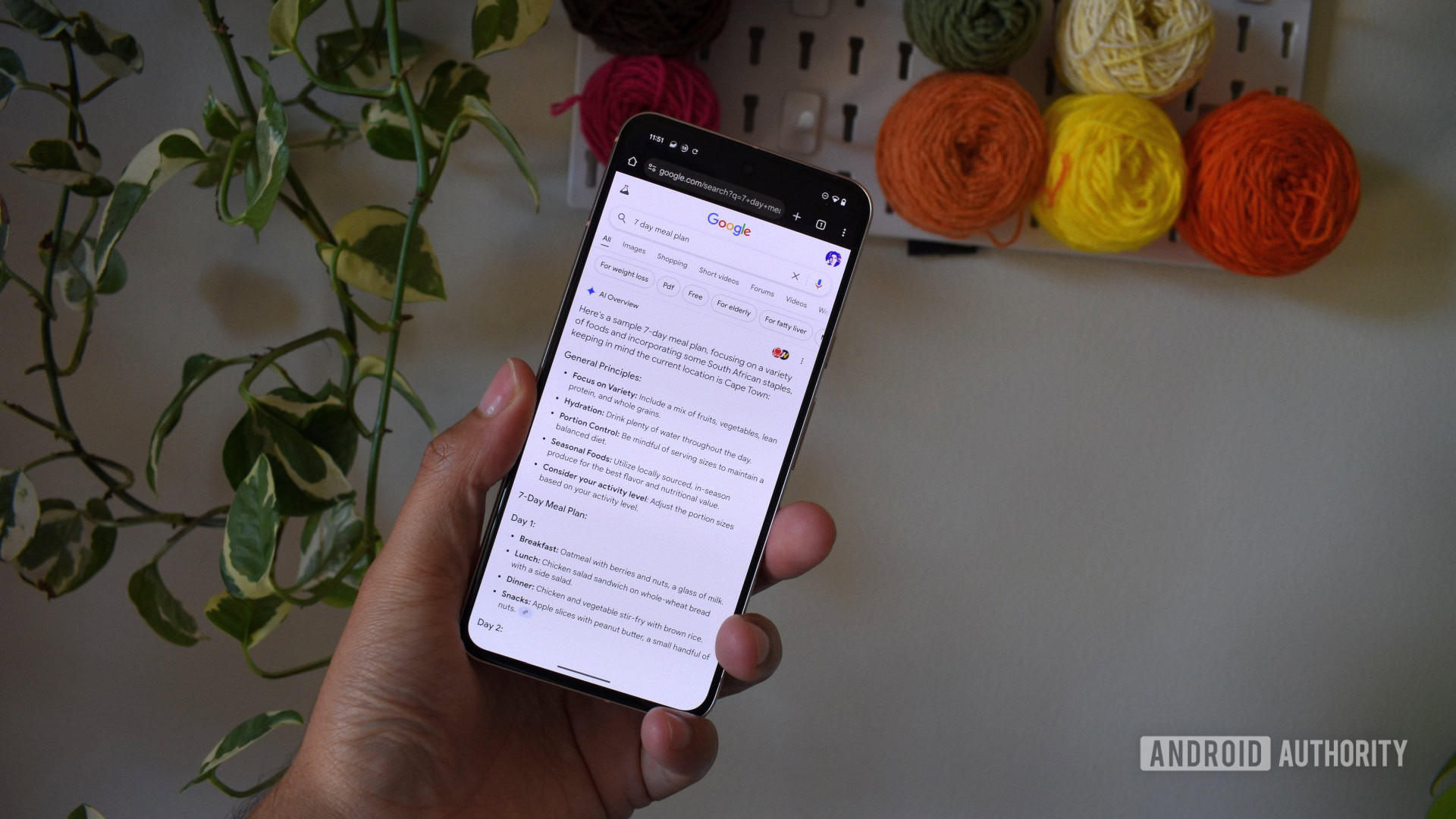
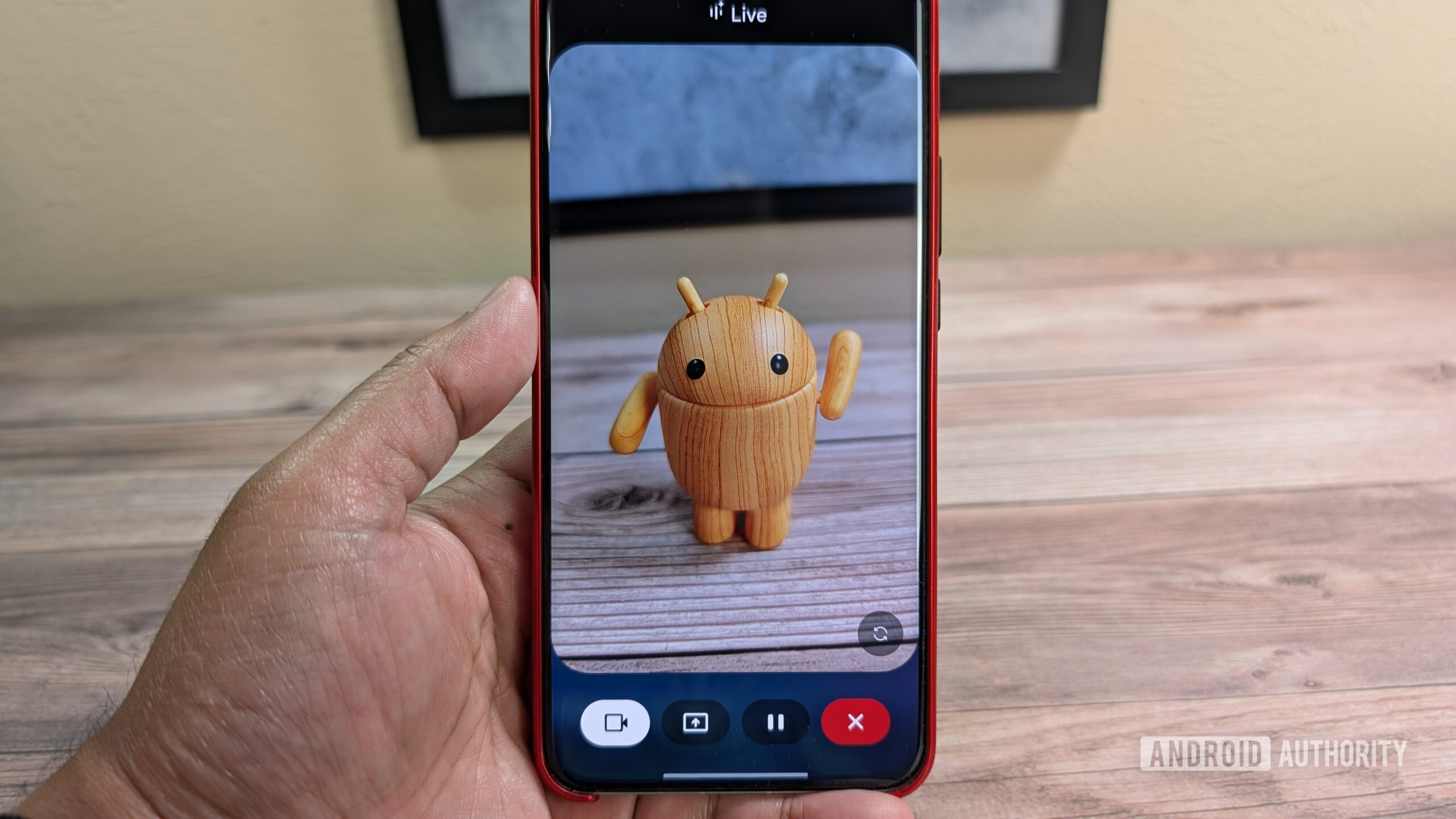
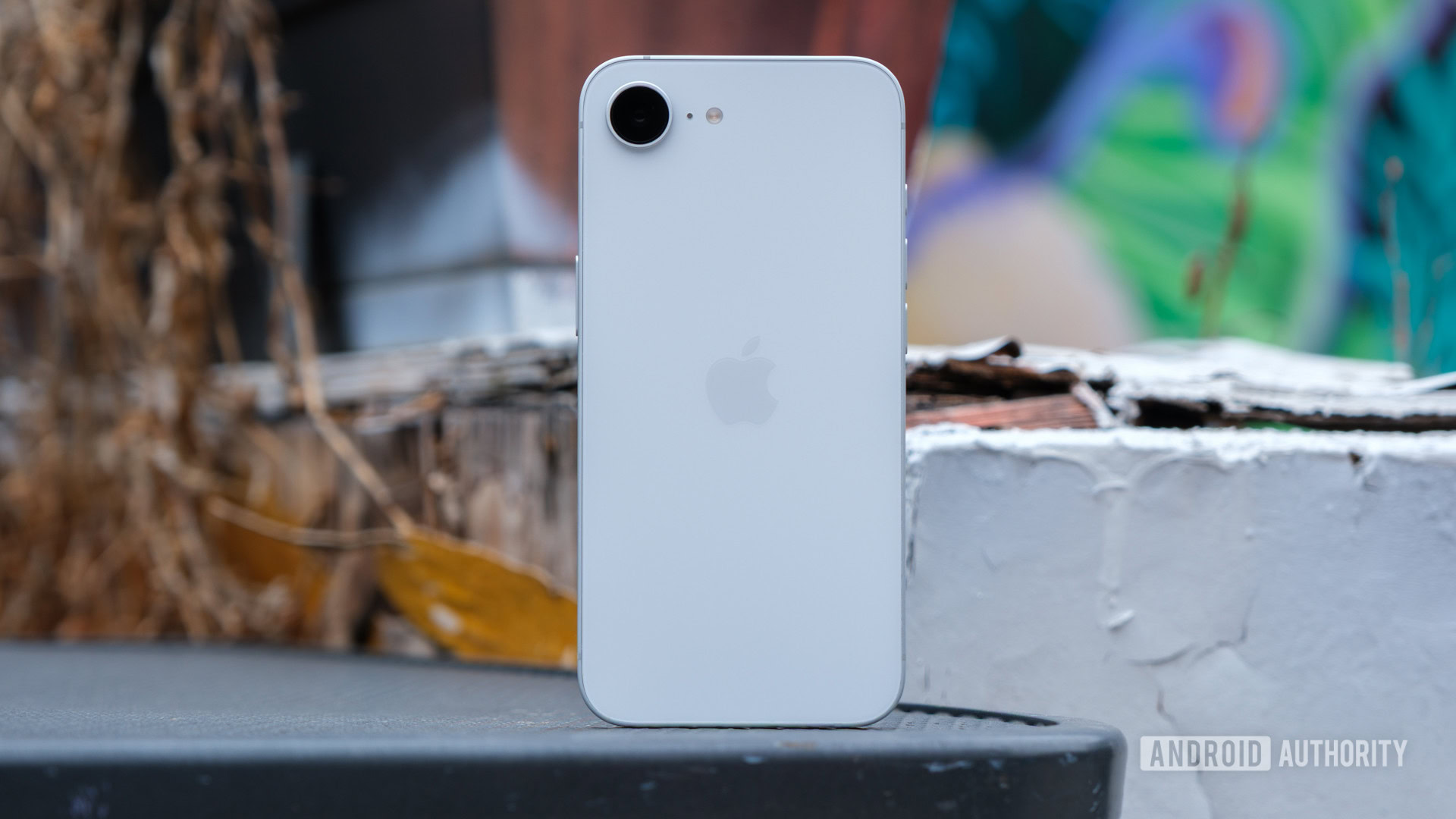
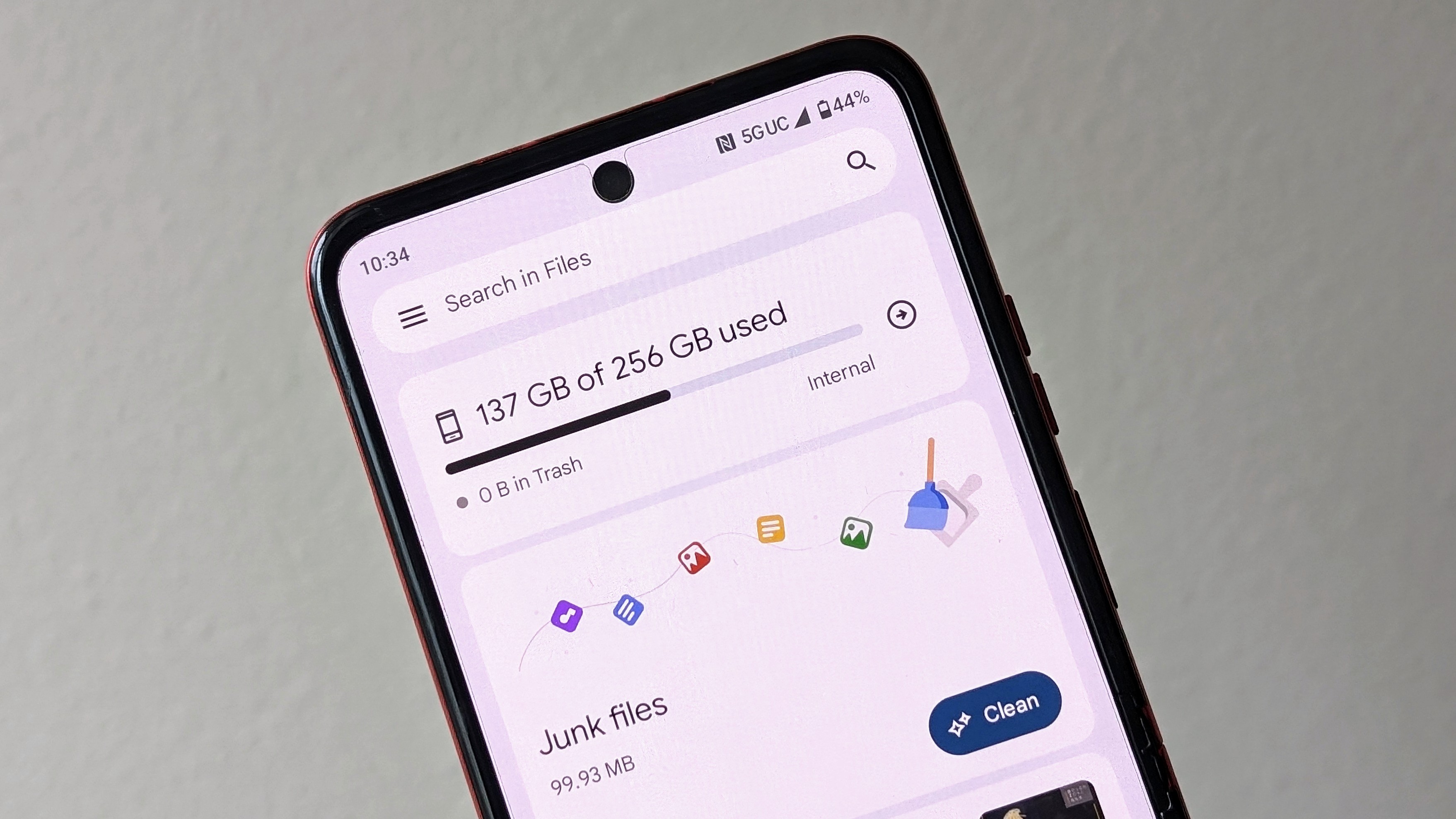

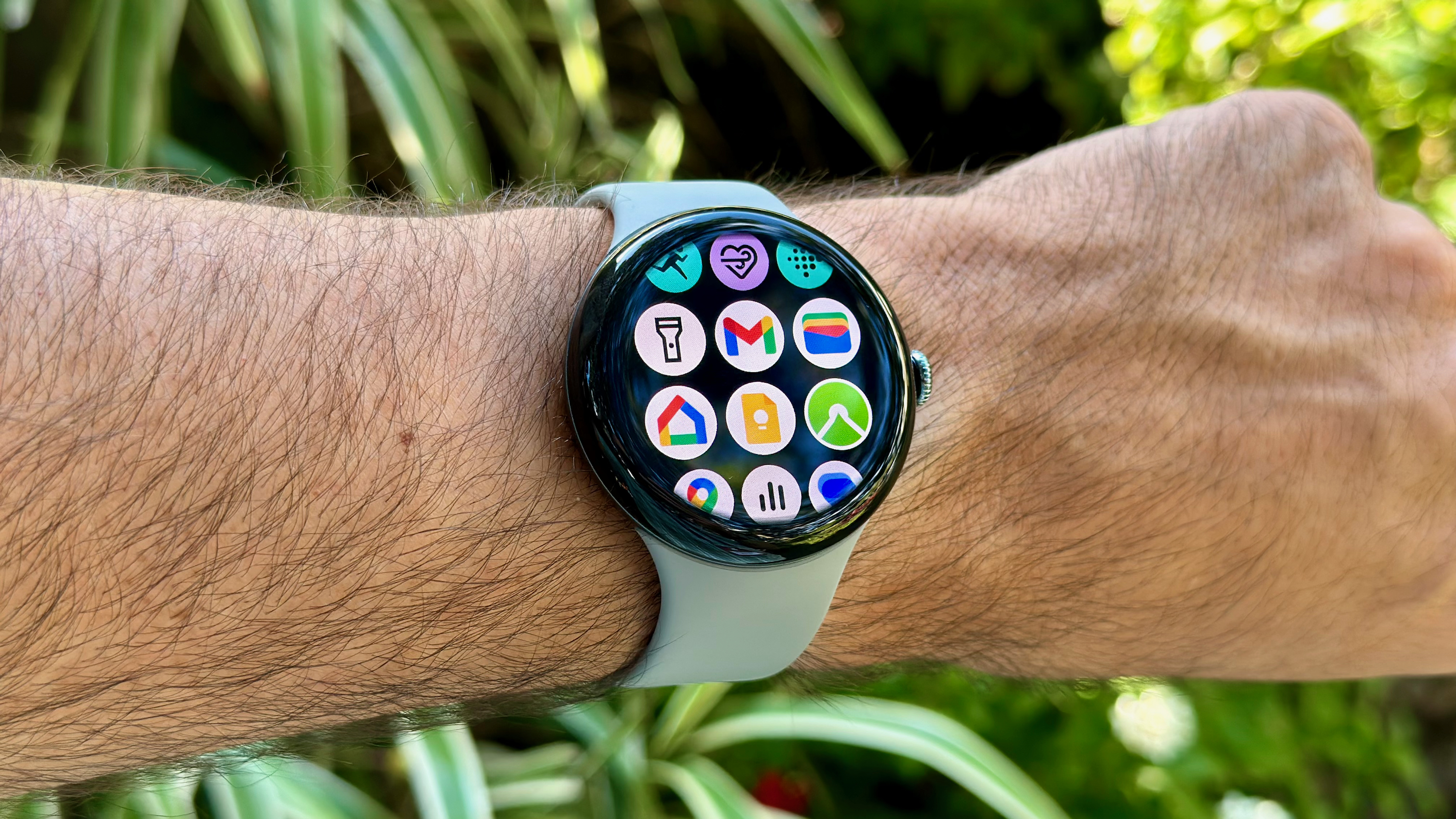




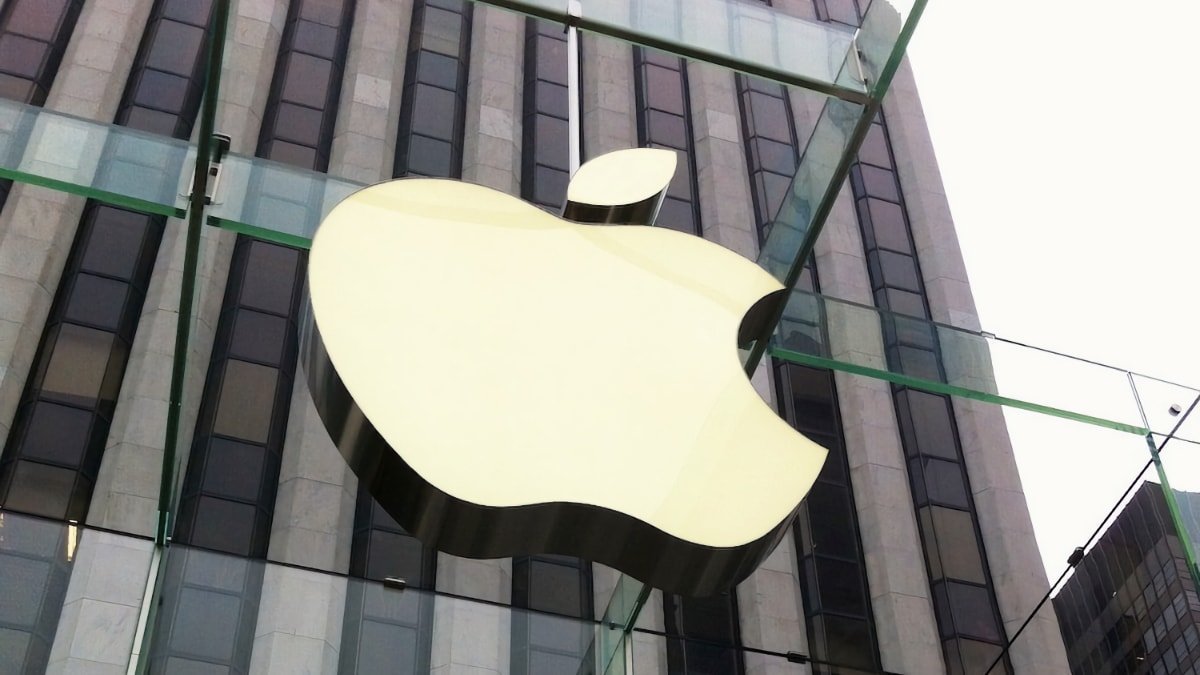
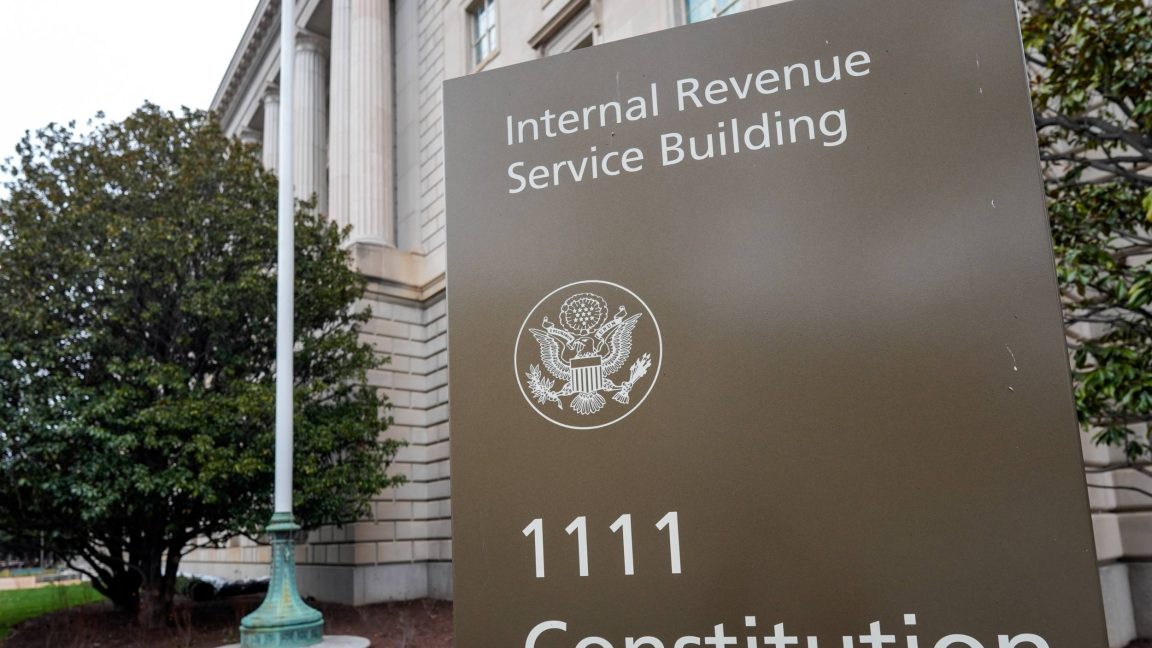



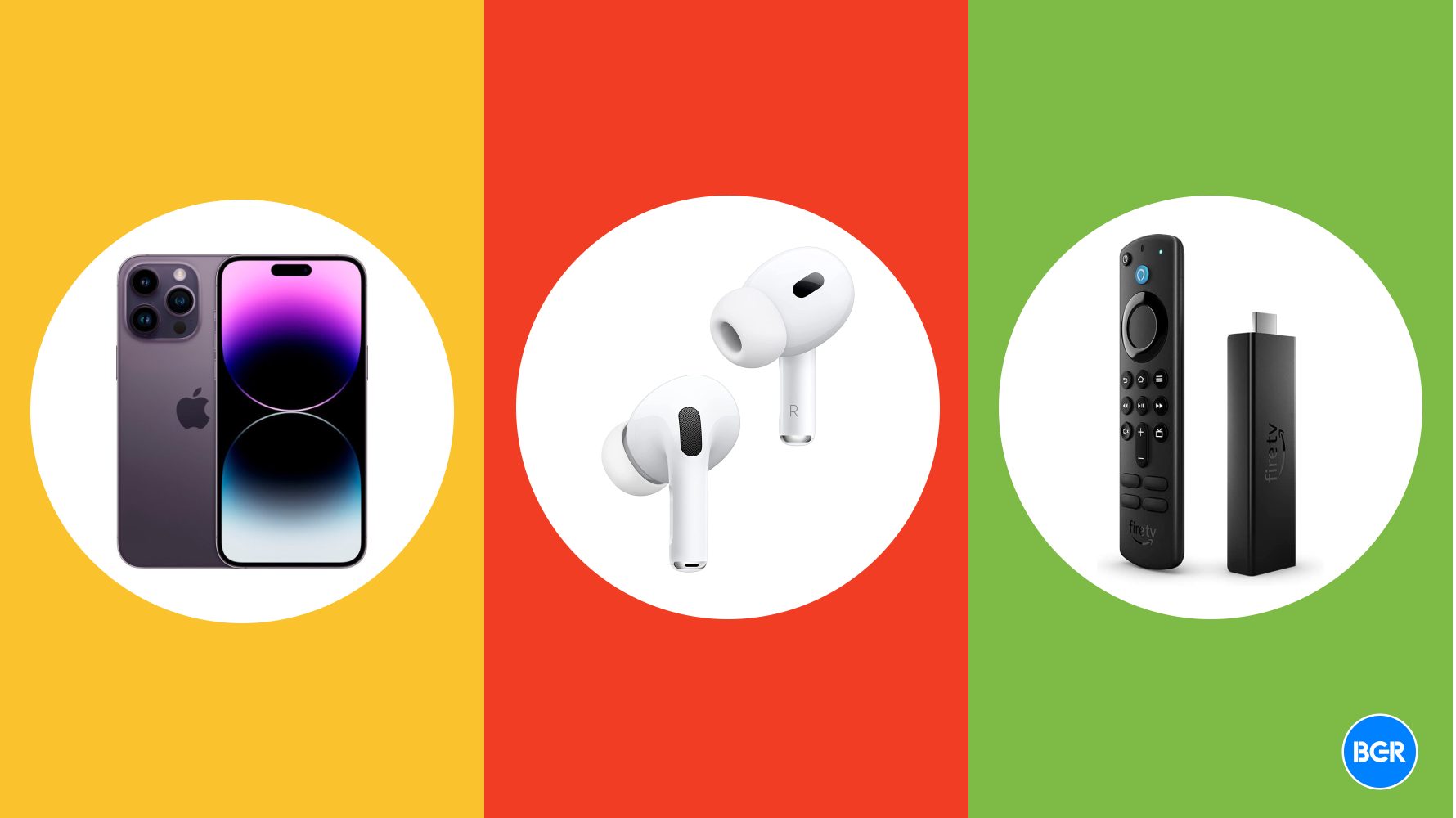


































































.webp?#)
.webp?#)
.webp?#)






























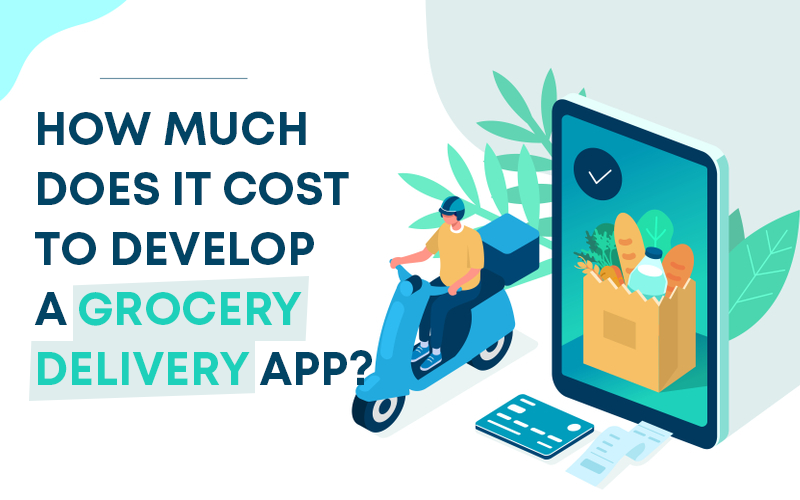














































![[The AI Show Episode 142]: ChatGPT’s New Image Generator, Studio Ghibli Craze and Backlash, Gemini 2.5, OpenAI Academy, 4o Updates, Vibe Marketing & xAI Acquires X](https://www.marketingaiinstitute.com/hubfs/ep%20142%20cover.png)

































































































































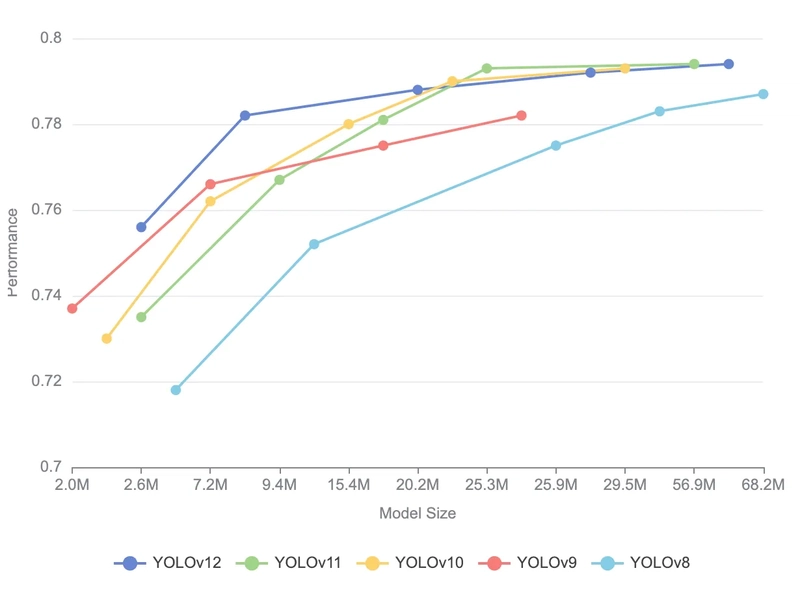
![From drop-out to software architect with Jason Lengstorf [Podcast #167]](https://cdn.hashnode.com/res/hashnode/image/upload/v1743796461357/f3d19cd7-e6f5-4d7c-8bfc-eb974bc8da68.png?#)




![[DEALS] The Premium Learn to Code Certification Bundle (97% off) & Other Deals Up To 98% Off – Offers End Soon!](https://www.javacodegeeks.com/wp-content/uploads/2012/12/jcg-logo.jpg)























-Mario-Kart-World-Hands-On-Preview-Is-It-Good-00-08-36.jpg?width=1920&height=1920&fit=bounds&quality=80&format=jpg&auto=webp#)

(1).jpg?width=1920&height=1920&fit=bounds&quality=80&format=jpg&auto=webp#)








.png?#)



















































